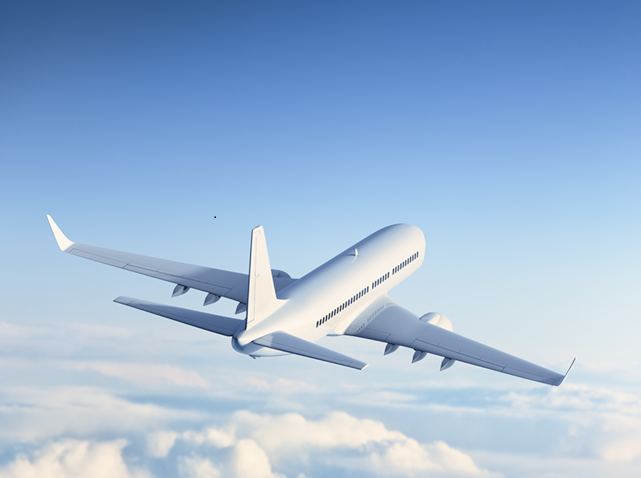By Netpal Travel Bureau
In 2021, the air transport industry has been forced to adapt nearly all operations to adhere to rapidly changing regulations and travel requirements, from health status verifications to fluctuating border controls based on virus hotspots and emerging new COVID-19 variants like Omicron.
It has also been a year punctuated with extreme weather events, including an unprecedented deep freeze in Texas and record heat waves in Canada. The year ended with the COP26 summit articulating a vast volume of work that needs to happen immediately to avoid climate catastrophe.
Five critical travel technology trends are examined and assumed what emerged from the pandemic, set to transform the industry in 2022 and beyond.
- Automation and digital health are the keys to industry recovery
Despite airport and airline IT budgets being slashed by the COVID-19 crisis, spending on automation of passenger processing is seeing a rise. The industry continues to battle new challenges with COVID-19 variants, and while there are many hurdles that must be overcome to stimulate global travel, the need for low-touch and efficient operations grows stronger.
- Airport effective competence and sustainability will work in agreement
Alertness, scalability, and operational efficiency have become critical considerations for airports’ business models amid the fast-changing environment imposed by the pandemic. Airports will need to operate leaner operations, drive ancillary revenue, and adapt to fluctuating passenger numbers.
- Corporate travel tech will lag
Companies around the world have proved the concept that a business travel line in the budget is no longer relevant in most the cases. With Zoommeetings and work-from-home mode, it’s no longer necessary to conduct meetings in person or be onsite to handle business. Today, it’s possible to conduct multiple meetings with numerous partners and cover diverse topics in one business day, removing the time and cost associated with travel.
- Regional and domestic airports must get ready for a post-pandemic bang
With domestic air travel in bigger markets like the United States, India, and China, the first to recover from the COVID-19 pandemic, regional airports are set to play an outsized role in the coming years.
The question is, are they prepared for a flow of passengers?
While the operational challenges for international hubs are similar, we’ll likely see regional airports experiencing capacity constraints sooner as domestic travel resumes at an accelerated pace..
Passengers traveling from regional airports also demand the same digital experience and efficiencies they receive at international hubs. On top of that come greater airline expectations, route volatility, space constraints, staff multi-tasking, and a myriad more.
As travel becomes more associated and intermodal, having unified digital systems that simplify the passenger journey across land, sea and air will become increasingly important.


